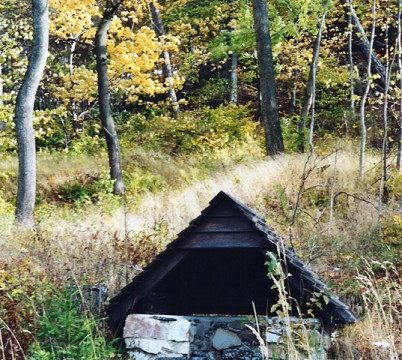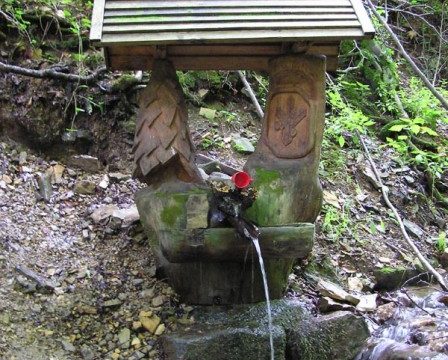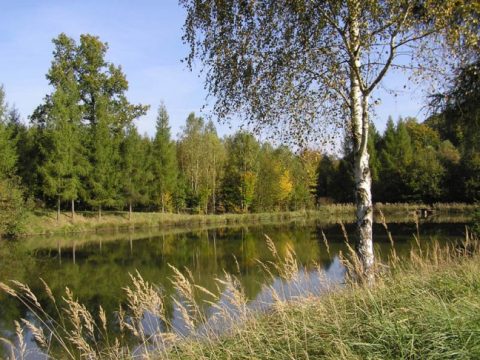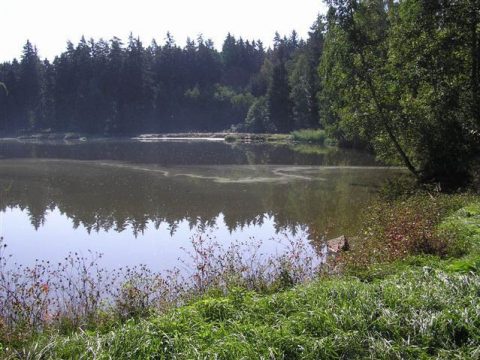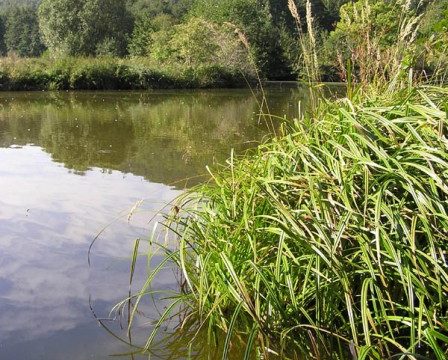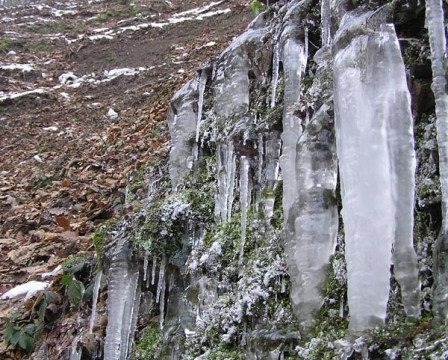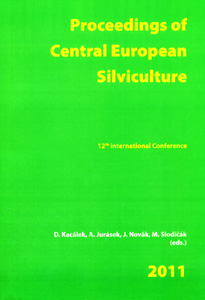 The environment is being defined as a system comprised of both living and inanimate elements that affect living organisms, including human beings. Besides these outside influences that constrain and influence human activity, the needs of our society dynamically changes. As one need is being satisfied, another activity can be limited. In central Europe, foresters had to face the environmental consequences of air pollution of industry origin in the recent past. In the 1980s, air pollution was at its maximum and and large areas were affected in the northern Czech mountains. These mountains are situated on the German and Polish borders; as a result, these worsened conditions were discussed internationally. Since the 1990s, the concentrations of airborne pollutants have decreased significantly due to industrial modernization and improved pollution controls, resulting in the recovery of the forest stands. Despite improved conditions, much work remains if we are to deal with the legacy of large-scale destruction of forest ecosystems. For example, large stands are dominated by exotic tree species, initially planted because they were able to survive in a highly polluted environment. Such species helped stabilize the mountain forest ecosystems in the wake of widespread die-off of the native species. Nonetheless, these non-native species do not provide our society with the full range of economic and ecosystem services that the native species can provide. Furthermore, while air pollution is reduced from the catastrophic levels of the 1980s, it still exerts a deleterious influence on Czech forests.
The environment is being defined as a system comprised of both living and inanimate elements that affect living organisms, including human beings. Besides these outside influences that constrain and influence human activity, the needs of our society dynamically changes. As one need is being satisfied, another activity can be limited. In central Europe, foresters had to face the environmental consequences of air pollution of industry origin in the recent past. In the 1980s, air pollution was at its maximum and and large areas were affected in the northern Czech mountains. These mountains are situated on the German and Polish borders; as a result, these worsened conditions were discussed internationally. Since the 1990s, the concentrations of airborne pollutants have decreased significantly due to industrial modernization and improved pollution controls, resulting in the recovery of the forest stands. Despite improved conditions, much work remains if we are to deal with the legacy of large-scale destruction of forest ecosystems. For example, large stands are dominated by exotic tree species, initially planted because they were able to survive in a highly polluted environment. Such species helped stabilize the mountain forest ecosystems in the wake of widespread die-off of the native species. Nonetheless, these non-native species do not provide our society with the full range of economic and ecosystem services that the native species can provide. Furthermore, while air pollution is reduced from the catastrophic levels of the 1980s, it still exerts a deleterious influence on Czech forests.
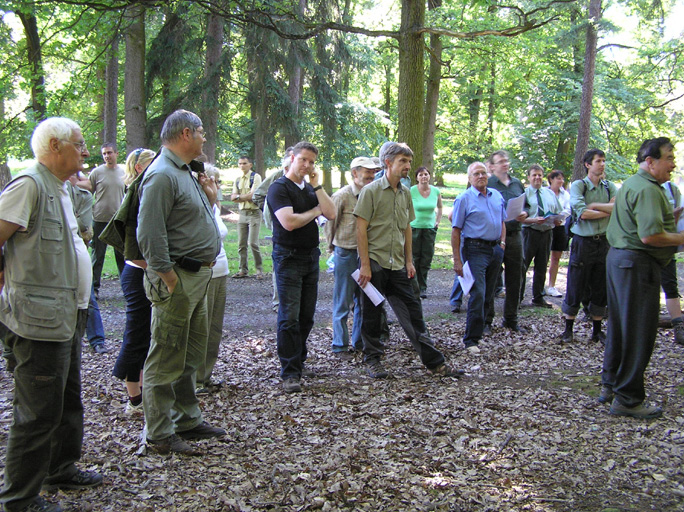
Opoèno, setkání pìstitelù 28. 6. 2011, exkurze, obora Opoèno, pìstování douglasky, soubor 110628 pìstitelé
Although sulfur dioxide concentrations have indeed decreased, nitrogen oxides have become more important and are now considered the principal acidifying agent of mountain soils. There are other factors influencing both forest stands and forest environment. Since the first settler of these regions began cutting and stumping, food gathering, and collecting fuel, then moving on to timber cutting and harvesting raw materials for industry, and finally engaged in using the forest for leisure activities and protecting what were believed to be “natural values” (which usually coincided with a human sense of aesthetics), we have always measured the value of forest against our needs. Foresters have been involved in this process and they have always adapted management strategies and techniques to changes in the forest environment and society’s demands from it. In failing to recognize foresters’ critical role in restoring the forest ecosystem and providing for society’s needs, that same society forces foresters to defend their role in society once again.
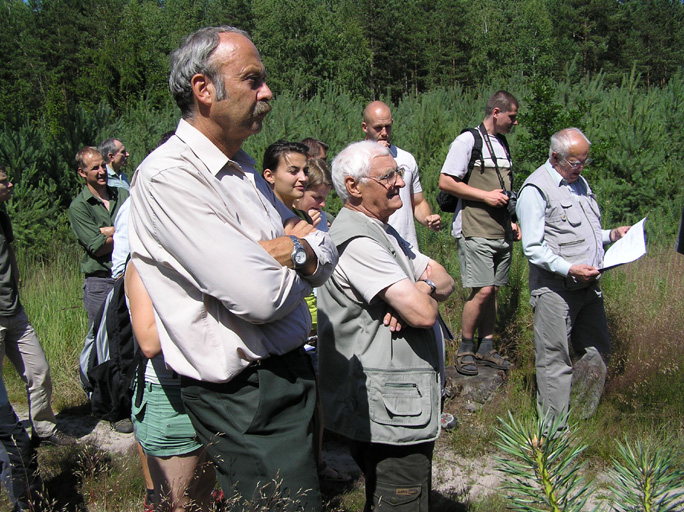
This year, it will have been 13 years since the beginning of meetings of Czech and Slovak specialists from forest research institutes and universities. The meetings were always arranged as scientific symposiums which were held to discuss some of the latest topics in silviculture. During these years, 12 proceedings were published (see Appendix). This year, a new title was established. The Proceedings of Central European Silviculture is the first issue of this new series which deals with growing and using planting stock, natural renewal, and conversion of stands of nonnative trees to native forest communities. Readers will find also information on quantity and safety of production, structure of both managed and old-growth forests, and studies dealing with relationships between forests and growing conditions. As the forest ecosystem and human demands from it both continue to evolve, the need for the forestry profession to evolve and grow through experimentation and knowledge exchange will continue. We hope that these international silvicultural meetings will continue to provide just such a forum into the future.
* * *
Citation: Kacalek, D. et al.: Preface. In: Stabilization of Forest Functions in Anthropically Disturbed and Changing Environmental Conditions. 12th International Symposium for Silviculture Topics Discussion. Opocno, Dobruska, Czech Republic, June 28 – 29, 2011. D. Kacalek et al. (eds). Strnady, Forestry and Game Management Research Institute – Opocno Research Station 2011, pp. 7 – 8. Proceedings of Central European Silviculture.
[ISBN 978-80-7417-039-3]

